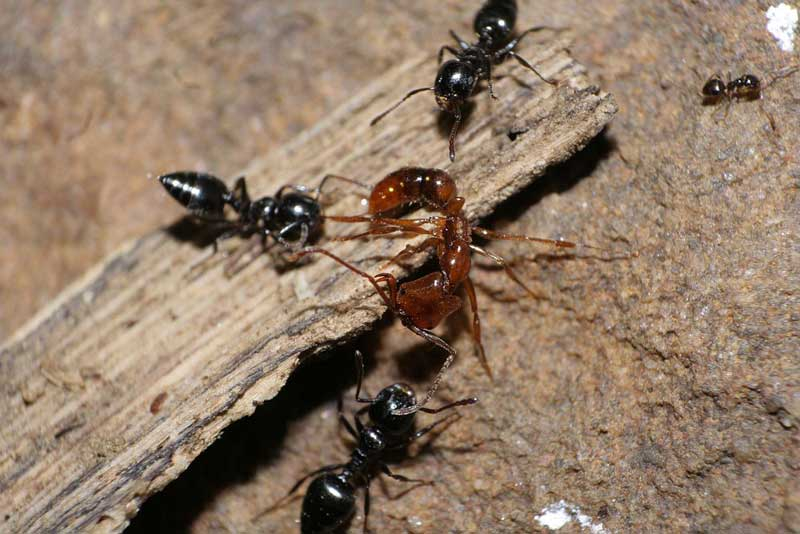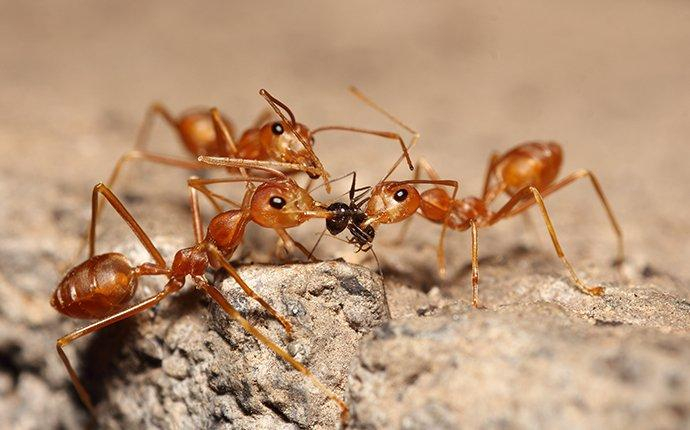Ants
One of the 10 Predators of Ants that Eat Ants that might surprise you the most is ants. Despite their little size, ants may be very harmful. Ants require protein to live and grow, just like all other species do. They will not pass up a simple chance because they can obtain these proteins from other ants.
Since there are 12,000 different kinds of ants around the globe, ants frequently compete with one another and with other colonies for food. Ants are capable of cannibalism. The native ants will drive out the newly arrived ones if one colony of ants is near another colony of a different species. A troop of ants will steal the eggs and kill the other neighboring colonies if they become aware that there are other colonies close by so that their own colony may grow even larger. Army ants are infamous for breaking into other ants' nests in search of eggs and larvae to consume. In other situations, the queen can devour her young if she is in danger due to a shortage of food supplies.
Ants possess what is known as mandibles or jaws. They are employed in food processing, hunting, chopping, holding, and excavating. They aid ants in gathering any food scraps still on the ground and savoring them for simple consumption. Ants also have antennae, which are among their most crucial body components. Ants can smell, touch, and feel anything thanks to their antennae, which help them to locate food sources and communicate with one another.












